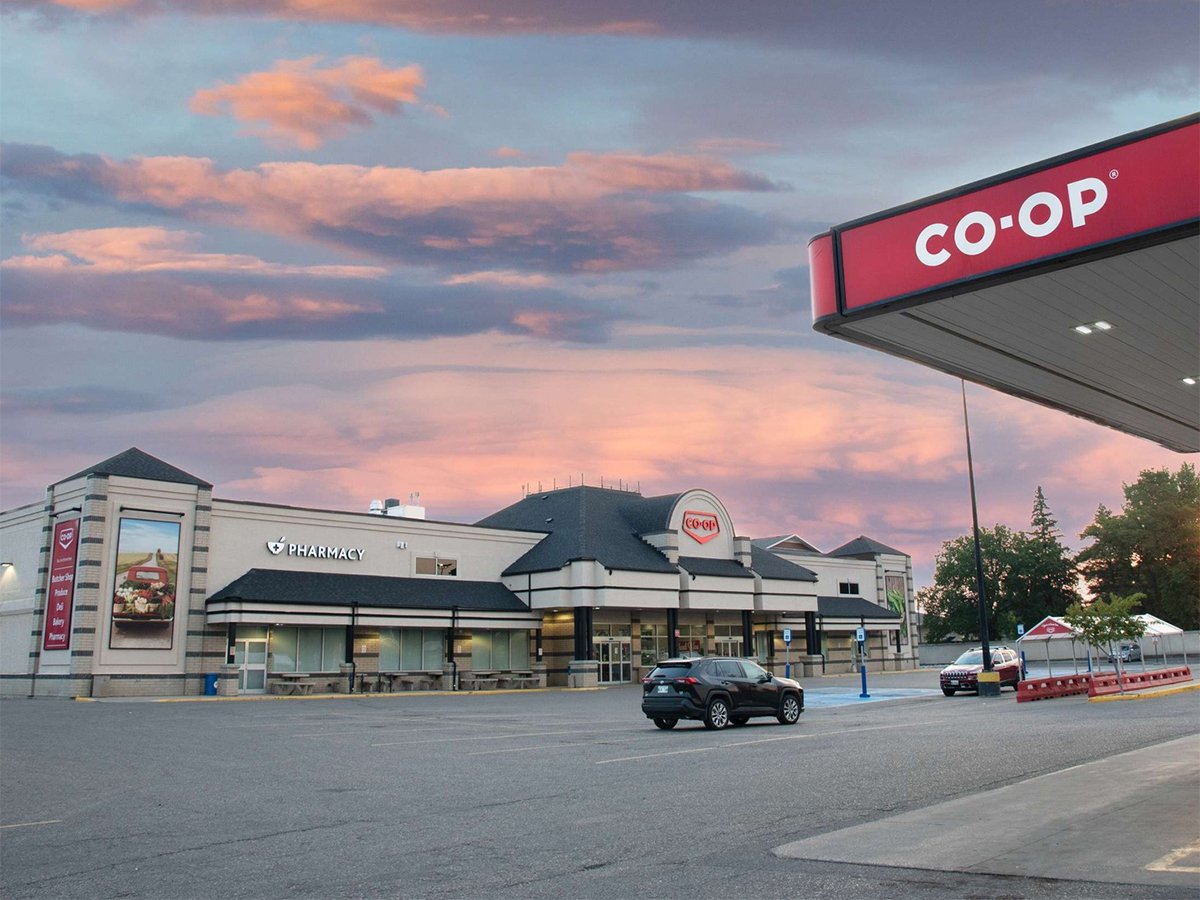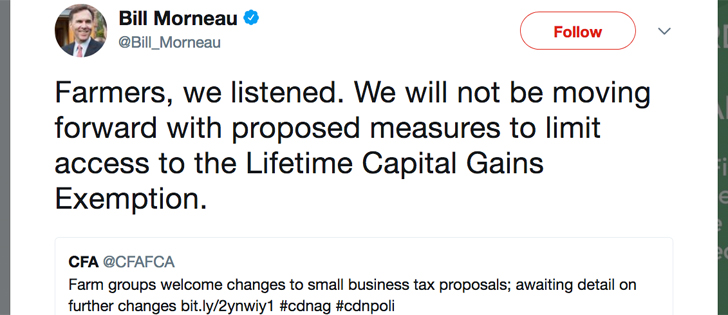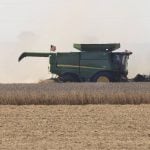When the business-supported Conference Board of Canada looks at Canada’s agriculture and food sector, it sees almost nothing but bright skies.
In fact, last week’s report on the viability of Canada’s food economy was called The Sky’s the Limit.
Demand for Canada’s food products will remain “robust” for years, said the report from the board’s Centre for Food in Canada, supported by funders as diverse as Agriculture Canada, McCain Foods, Maple Leaf Foods, Farm Credit Canada, the government of New Brunswick and Loblaw Companies.
Read Also

Farmer ownership cannot be seen as a guarantee for success
It’s a powerful movement when people band together to form co-ops and credit unions, but member ownership is no guarantee of success.
It should be noted that financial supporters do not typically influence the content of research papers, although based on the drift of report results, they can decide whether to keep funding or not.
In the case of the Centre for Food in Canada, it can be assumed that the financial backers are looking for research and analysis that challenges the status quo in agricultural policy.
So let’s move back to the report from the conference board.
There was hope.
“There are many reasons for optimism,” it said.
“World grain markets are in the midst of a fundamental, long-term transformation driven by demographics, changes in wealth and rising appetites … an environment of strong demand and pricing is expected to produce ample opportunity for Canada’s agriculture industry to continue to thrive in the coming years.”
But there was also despair.
As many other academic and business reports have argued over the past several years, all that optimism and opportunity are being shackled by government farm support and protection policies rooted in the past.
As usual, in the centre of the bull’s-eye was supply management. The report said it should be phased out with compensation, but it also conceded the cost of compensating farmers for billions of dollars of quota and investment value has yet to be determined.
However, the criticism was broader. Farm supports in general are too rich and shelter the weak and inefficient against market forces.
“Current state supports are sufficient to make non-viable operators viable. Large parts of the primary sector are, in effect, insured against the vagaries of the creative destruction processes that are very much alive in the processing and retailing sectors of the industry.”
Now that is a telling and very descriptive term — creative destruction.
Let market forces sweep their way across the landscape, destroying those who aren’t up to competing with the big guys despite the benefits they may offer local communities or who have lived, like supply management, within a protected environment that has given its farmers stable and predictable incomes at the cost of high investment and debt but aren’t susceptible to the vagaries of the market.
“Large farms are generally more profitable,” said the report. “They generate sufficient revenue to cover their fixed costs and earn a return on investment.”
They are less susceptible, one assumes, to the forces of creative destruction and less needing of government or regulatory support that helps create a diverse Canadian farm and rural economy.
Cue the business sector applause.














